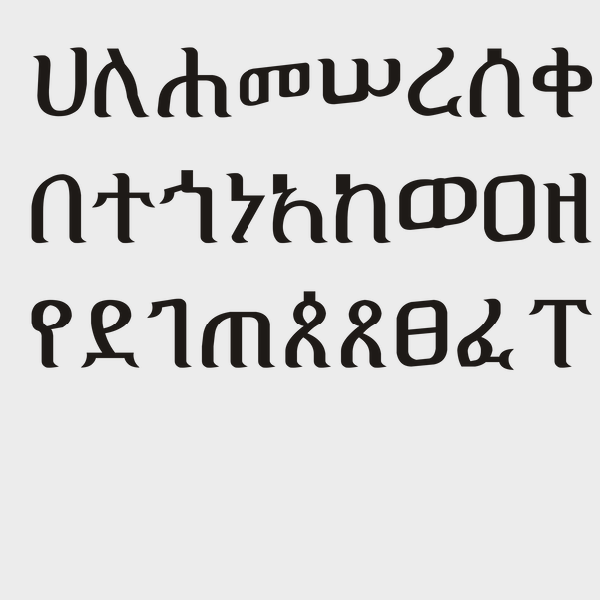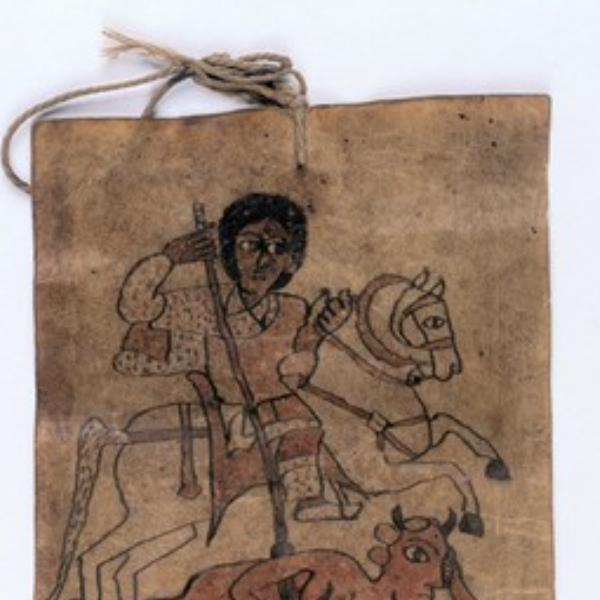Culture

Olympic Museum
The modern Olympic Games have become a symbol of international cooperation and sportsmanship. The IOC states that the Olympics are a forum “where the world comes to compete, feel inspired, and be together."
Nobel Peace Center
However, most notable is their partnership with Minecraft Education. The Peace Center offers two Minecraft learning landscapes, Peace Builders and Active Citizen, both are targeted at students aged 8-15.
A Visual Guide to the Cold War
The goal of the site is to facilitate discussion around key themes of the Cold War and provide insight into both American and Soviet perspectives.
Germany: Memories of a Nation
"...MacGregor uses different artifacts and places to discuss specific topics or themes central to German identity, as well as providing historical context for each discussion."
Ge'ez Script
Ge’ez script is a script used in modern-day Eritrea and Ethiopia that dates back to the 1st century CE.

Ethiopian Healing Scrolls
Ethiopian healing scrolls are believed to eliminate sickness by ridding spirits and demons from an ill person. Originating sometime between the 1st and 8th century CE in the Axum empire, the scrolls are still used to this day, and still written in the Ge’ez script of the Axum empire.

Poverty Point in Louisiana, United States
Poverty Point is a prehistoric earthenwork site featuring mounds, ridges, and a ceremonial plaza located in northeastern Louisiana, United States.

Ha’amonga ‘a Maui in Tonga
Ha’amonga ‘a Maui is a stone trilithon located on the island of Tongatapu in Tonga. A stone trilithon is a stone monument with two large vertical stones acting as a post for the third stone set horizontally across the top.

Altar from the Classic Maya Period
This limestone altar was created by the Maya culture sometime between 300 and 900 CE and found in Belize in Central America. The altar is round and was carved with twenty glyph blocks on top, which are now faded and display cracks but also attempts at repairs.

The Cahokia Mounds State Historic Site
The Cahokia Mounds State Historic Site is an archaeological site of a pre-Columbian Native American city located in southwestern Illinois, near St. Louis, Missouri.